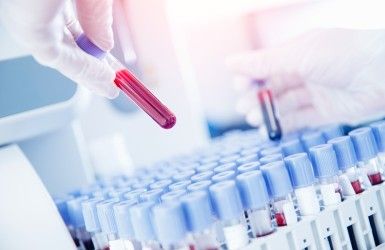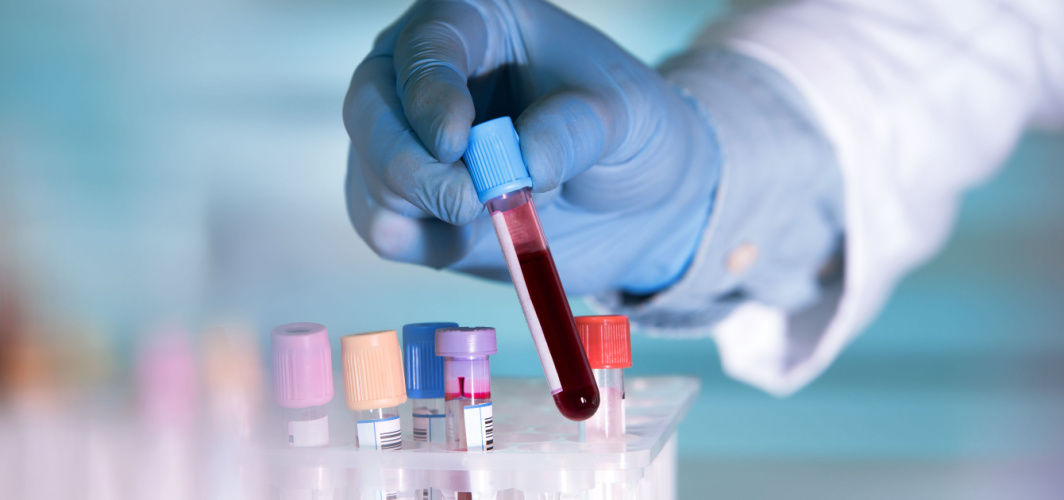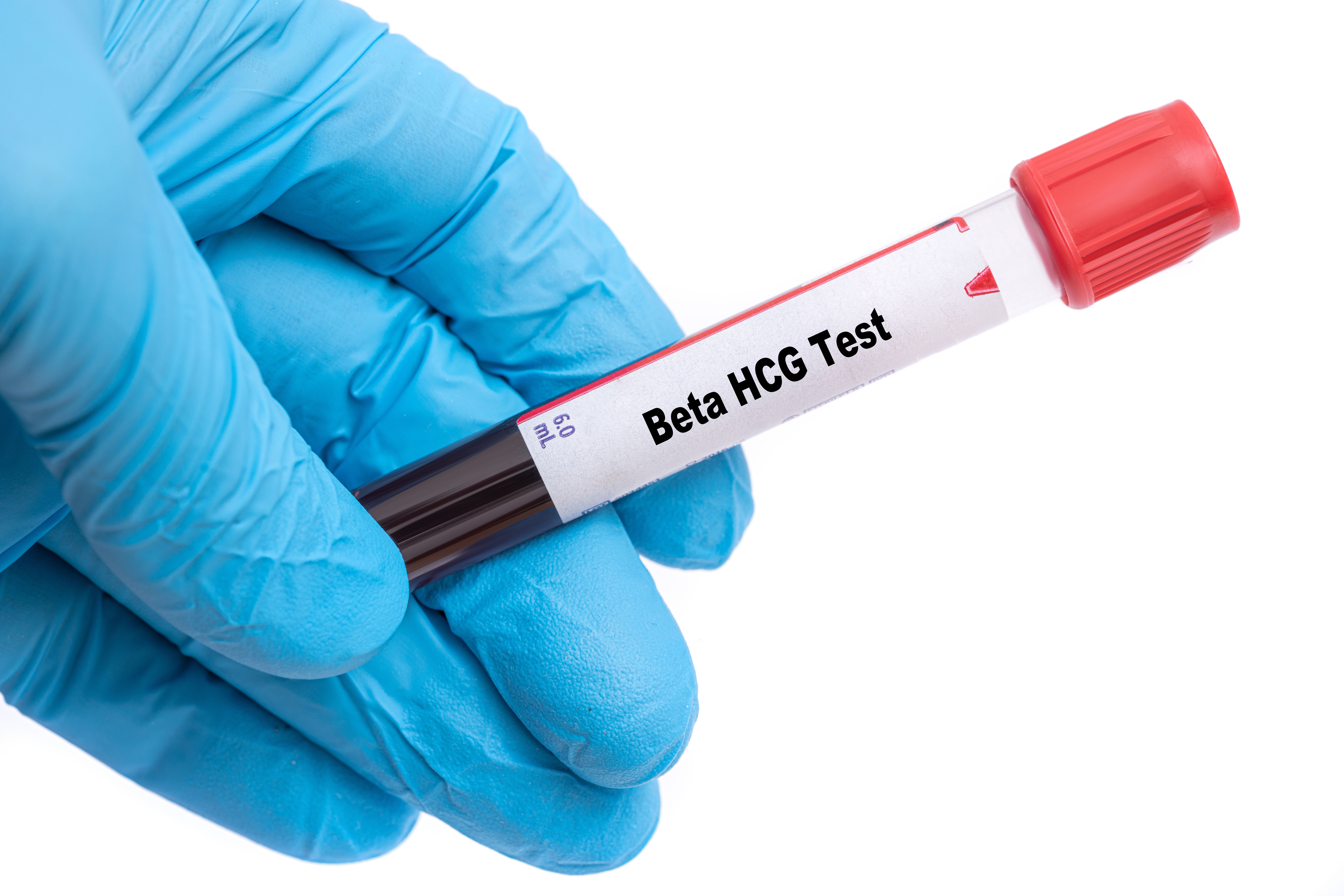General Health
RDW Test – Normal Range, Purpose, Procedure, And Results Interpretation
5 min read
By Apollo 24|7, Published on - 21 May 2025, Updated on - 22 May 2025
Share this article
0
0 like

The Red Cell Distribution Width (RDW) test is part of a standard Complete Blood Count (CBC) and helps assess how much variation there is in the size of your red blood cells (RBCs). Normally, RBCs are fairly uniform in size, but when there’s a significant difference, it can point to underlying health issues, especially types of anaemia.
RDW is often reviewed along with other red blood cell measurements, like the Mean Corpuscular Volume (MCV), to provide a clearer picture of what's going on. A high RDW means there's a wide variation in red blood cell size, a condition known as anisocytosis. This can be confirmed with a peripheral blood smear, which visually shows the size differences among RBCs. By highlighting these variations, the RDW test helps doctors pinpoint the cause of anaemia and other blood disorders. This information supports more precise diagnoses and effective treatment plans.
Purpose of the RDW Test
The RDW test serves as a vital tool for diagnosing and monitoring various health conditions. Its primary purposes include:
- Diagnosing Anaemia: Variations in RBC size, often revealed by high RDW levels, are indicative of different types of anaemia, such as iron deficiency anaemia, vitamin B12 deficiency anaemia, and folate deficiency anaemia.
- Assessing Nutritional Deficiencies: RDW levels can reflect deficiencies in essential nutrients like iron, folate, or vitamin B12, which affect the production and size of red blood cells.
- Monitoring Chronic Diseases: Conditions like chronic kidney disease, liver disease, or inflammatory disorders can influence red blood cell production, making the RDW test helpful in tracking disease progression or response to treatment.
- Evaluating Bone Marrow Function: RDW can provide insights into the bone marrow’s ability to produce red blood cells consistently and uniformly, highlighting potential dysfunctions.
- Differentiating Blood Disorders: The RDW test, when paired with other red blood cell indices like Mean Corpuscular Volume (MCV), can help differentiate between various types of anaemia or other blood disorders.
How to Prepare for an RDW Test?
Preparing for an RDW test is simple, as it is part of a routine blood draw. Here’s what you need to know:
- Medications: Inform your doctor about any medications, supplements, or treatments you are currently taking, as some drugs may impact red blood cell production or size.
- Diet and Fasting: Typically, no fasting is required for an RDW test if performed as part of a CBC panel. However, if the test is combined with other blood tests, your doctor may provide specific dietary instructions.
- Hydration: Staying hydrated can make the blood draw process smoother and more comfortable.
- Health History: Notify your healthcare provider if you’ve recently had an illness, infection, or medical procedure, as these factors can temporarily affect red blood cell indices.
By following these simple steps, you can ensure accurate and reliable test results.
Procedure for RDW Test
The RDW test involves a straightforward and minimally invasive procedure:
- Blood Sample Collection: A healthcare professional will clean your skin and insert a sterile needle into a vein, typically in your arm, to draw a small blood sample.
- Sample Handling: The collected blood is placed in a test tube or vial and sent to the laboratory for analysis.
- Laboratory Analysis: Automated machines measure the variation in RBC sizes and calculate the RDW value.
The procedure usually takes only a few minutes and causes minimal discomfort. Results are typically available within 24-48 hours, depending on the laboratory.
RDW Test: Results Interpretation
RDW test results are expressed as a percentage, representing the degree of variation in red blood cell sizes. They fall into two main categories:
- Normal RDW Levels: Indicate uniformity in RBC size, reflecting balanced red blood cell production and healthy oxygen transport.
- High RDW Levels: Suggest significant variation in RBC sizes, which may indicate anaemia, nutrient deficiencies, or bone marrow dysfunction.
- To provide a comprehensive diagnosis, RDW results are often interpreted alongside other RBC indices like Mean Corpuscular Volume (MCV). For example:
- High RDW + Low MCV: May indicate iron deficiency anaemia.
- High RDW + High MCV: Could suggest vitamin B12 or folate deficiency anaemia.
Your healthcare provider will analyse these results in conjunction with your medical history and other tests to determine the underlying cause and recommend appropriate treatment.
RDW Test Normal Ranges
The normal range for RDW varies slightly depending on the laboratory and individual factors such as age and sex. Below is the typical RDW reference range:
Values within these ranges indicate uniform RBC sizes, suggesting balanced production and function of red blood cells.
Abnormal RDW Levels
Abnormal RDW levels are categorised into:
High RDW:
- Causes: Nutritional deficiencies (iron, folate, vitamin B12), anaemia, chronic diseases, or bone marrow disorders.
- Implications: Significant variation in RBC sizes can impair oxygen transport, leading to symptoms such as fatigue, weakness, and shortness of breath.
Low RDW:
- Causes: Rarely observed and typically not a concern, as low RDW values often indicate uniformity in RBC sizes.
- Implications: If accompanied by other abnormal RBC indices, further investigation may be required.
Abnormal RDW levels require interpretation alongside other blood test results to identify the underlying cause and determine the best treatment approach.
Managing Abnormal RDW Test Results
Managing abnormal results involves identifying the underlying cause and addressing it appropriately. Here are common approaches:
1.Correcting Nutritional Deficiencies: A lack of nutrients like iron, vitamin B12, or folate is a frequent cause of abnormal RDW. Your doctor may recommend:
- Supplements to restore healthy levels.
- Dietary changes, such as adding nutrient-rich foods like leafy greens, lean proteins, whole grains, and fortified cereals.
- Treating Underlying Conditions: Abnormal RDW can sometimes be linked to other health issues. Treatments may include:
- Managing chronic conditions like kidney disease, liver disorders, or autoimmune diseases.
- Addressing infections or inflammation that impact red blood cell production.
2.Reviewing Medications: Certain medications can interfere with red blood cell formation. If necessary, your doctor may review your prescriptions and make adjustments.
3.Regular Monitoring: Follow-up blood tests may be required to track RDW levels and assess the effectiveness of treatment. Monitoring ensures red blood cells return to a healthy range and stay consistent over time.
Conclusion
The RDW test measures the variation in red blood cell size and helps identify conditions like anaemia and nutrient deficiencies. When used with other tests, such as MCV, it provides valuable insight into the cause of abnormal blood results. Understanding your RDW can help your doctor diagnose issues early and guide appropriate treatment to support your overall health.
General Health
Frequently Asked Questions
What does RDW measure and what is considered normal?
What does RDW measure and what is considered normal?
How does the RDW test help in diagnosing anaemia?
How does the RDW test help in diagnosing anaemia?
Can RDW-CV values differ in females and males?
Can RDW-CV values differ in females and males?
What does a high RDW result indicate?
What does a high RDW result indicate?
Is a low RDW value concerning?
Is a low RDW value concerning?
Can RDW levels change with age?
Can RDW levels change with age?
How are abnormal RDW levels treated?
How are abnormal RDW levels treated?
What conditions cause abnormal RDW values?
What conditions cause abnormal RDW values?
Is the RDW test included in routine check-ups?
Is the RDW test included in routine check-ups?
Can diet impact RDW levels?
Can diet impact RDW levels?
Leave Comment
Recommended for you

General Health
What is a Blood Culture Test and When Should You Take It?
Learn about the importance of the Blood Culture Test, when to consider it, and how it aids in diagnosing various infections and illnesses.

General Health
Missed Your Periods? Take a Pregnancy Test (Beta hCG Test) to Confirm
Missed your periods? A Beta hCG test can confirm pregnancy early and accurately. Learn when to take the test, how it works, and what your results mean.

General Health
Do You Know An Extra Cup Of Coffee Can Make You Feel Tired?
If you are continuously feeling tired, exhausted or fatigued, read the blog to understand the differences, underlying health issues and their treatment.
Subscribe
Sign up for our free Health Library Daily Newsletter
Get doctor-approved health tips, news, and more.
Visual Stories

Science-backed Home Remedies for Burns and Blisters
Tap to continue exploring
Recommended for you

General Health
What is a Blood Culture Test and When Should You Take It?
Learn about the importance of the Blood Culture Test, when to consider it, and how it aids in diagnosing various infections and illnesses.

General Health
Missed Your Periods? Take a Pregnancy Test (Beta hCG Test) to Confirm
Missed your periods? A Beta hCG test can confirm pregnancy early and accurately. Learn when to take the test, how it works, and what your results mean.

General Health
Do You Know An Extra Cup Of Coffee Can Make You Feel Tired?
If you are continuously feeling tired, exhausted or fatigued, read the blog to understand the differences, underlying health issues and their treatment.